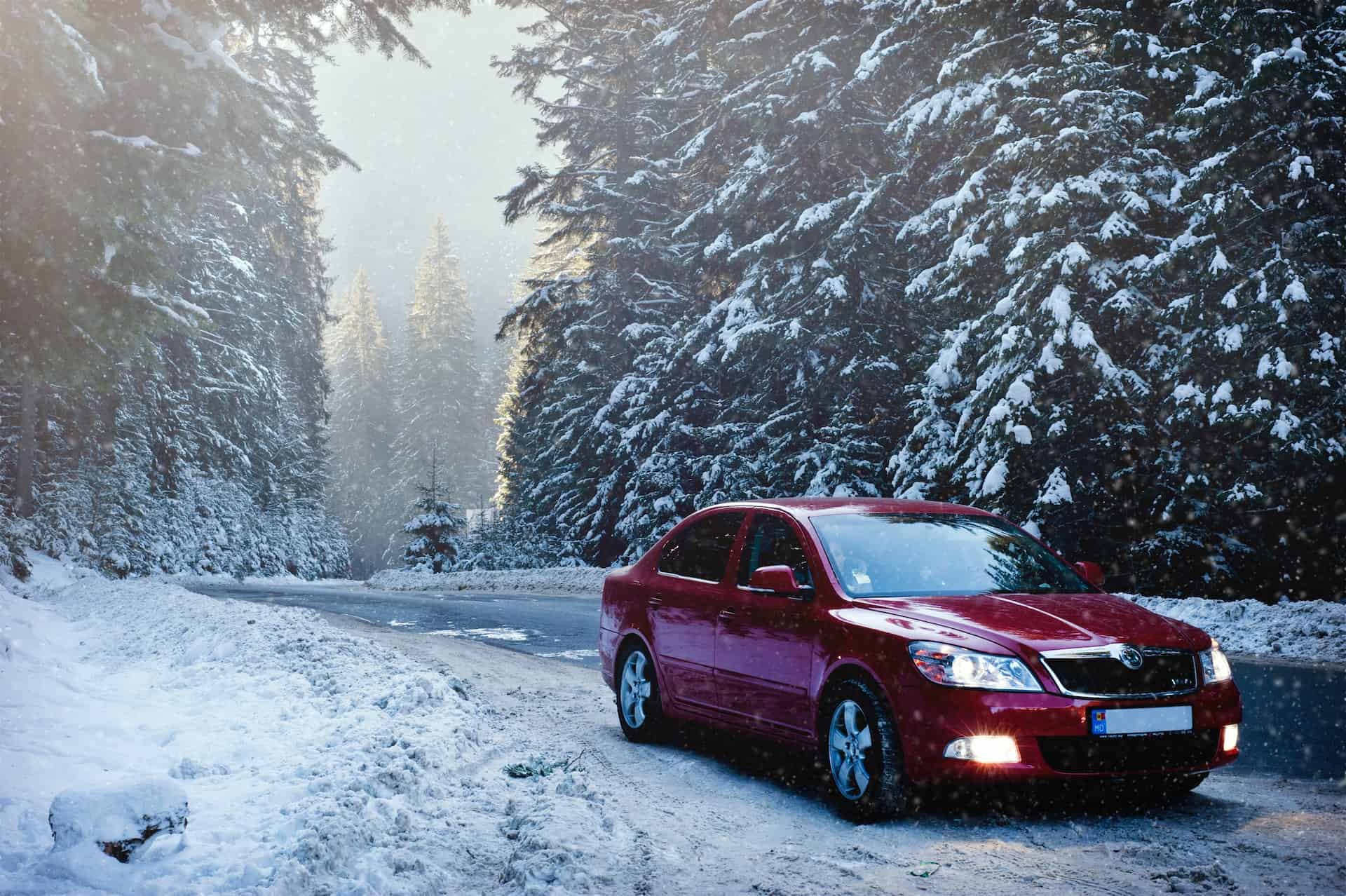As winter continues to blast the Midwest and Northeast with the 3rd snowiest winter Chicago has ever seen, the Illinois State Police District Chicago Sgt. Rodney Collins warns, “The roads are treacherous, but IDOT is out in full force with the salt trucks trying to fight it.” The latest round of snow and cold follows a brutal January that ranked as Chicago’s 3rd snowiest and 10th coldest on record, the weather service said. Residents suffered through 33.7 inches of snow and a frigid average temperature of 15.7 degrees — more than 8 degrees below normal
Though the best decision you can make is not to travel in severe weather, if you do have to head out from the comforts of your home, the first tip is to allow for enough time and be aware of forecast conditions.
The Indiana Department of Transportation and Weather.Com offers the following to stay safe on winter roads:
· Black Ice: Roads that seem dry may actually be slippery – and dangerous. Take it slow when approaching intersections, off-ramps, bridges or shady areas – all are hot spots for black ice.
· Limited Visibility: Stay attentive and reduce speed. Know what’s going on around you.
· Four-Wheel Drive: On snow and ice, go slowly, no matter what type of vehicle you drive. Even if you have an SUV with four-wheel drive you may not be able to stop any faster, or maintain control any better, once you lose traction. Four-wheel drive may get you going faster, but it won’t help you stop sooner
· Distance: Give yourself space. It takes extra time and extra distance to bring your car to a stop on slick and snowy roads.
· Brake: Brake early, brake slowly, brake correctly and never slam on the brakes. If you have anti-lock brakes, press the pedal down firmly and hold it. If you don’t have anti-lock brakes, gently pump the pedal.
· Control: When driving on ice and snow, do not use cruise control and avoid abrupt steering maneuvers. When merging into traffic, take it slow. Sudden movements can cause your vehicle to slide.
· Steering: Use low gears to keep traction, especially on hills. Steer in the direction you want the front wheels to go. If your rear wheels are sliding left, steer left. If they’re sliding right, steer right. If your rear wheels start sliding the other way as you recover, ease the steering wheel toward that side. You might have to steer left and right a few times to get your vehicle completely under control.
· Tires: Use a shovel to clear snow away from the wheels and the underside of the car. Pour sand, kitty litter, gravel or salt in the path of the wheels, to help get traction.
With life insurance rates at an all time low, it is good time to check into purchasing a life insurance policy if the unexpected does happen. Check to see if your auto insurance coverage is adequate or if you qualily for any discounts during extreme weather.


